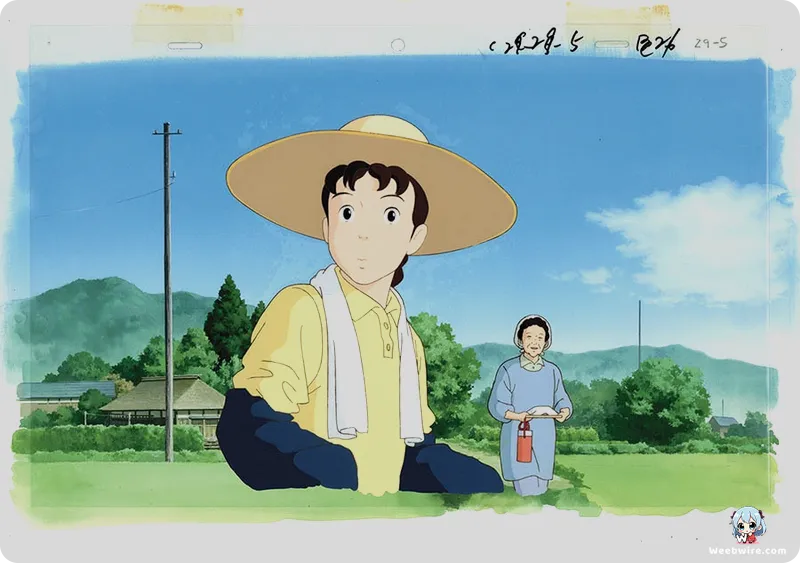Rediscovering 'Only Yesterday': Studio Ghibli's Poignant Journey into Memory and Adulthood

While Studio Ghibli is often celebrated for its fantastical journeys and enchanting characters, director Isao Takahata's 1991 masterpiece, Only Yesterday (Omoide Poro Poro), presents a distinctly grounded and deeply introspective experience. This acclaimed film, a quiet treasure in Ghibli's illustrious collection, explores the delicate complexities of memory, the journey of self-discovery, and the often-poignant transition into adulthood. Standing apart from the studio's more widely recognized epics, Only Yesterday is notable for its bold narrative choices and meticulous artistry, showcasing a deeper dimension of Ghibli's creative range.
At its core, the film is a remarkable adaptation of Hotaru Okamoto and Yuko Tone's episodic manga, which originally focused solely on protagonist Taeko Okajima's childhood recollections. Takahata, demonstrating extraordinary creative vision, largely conceived the entire present-day storyline. This crucial decision transformed a series of nostalgic vignettes into a cohesive, profoundly moving narrative about Taeko, a woman in her late twenties, confronting her past during a transformative trip to the countryside, contemplating her future alongside new acquaintances like Toshio.
This deliberate focus also marked a significant shift in its target audience. Unlike many animated features primarily aimed at children, Only Yesterday was specifically crafted for adult women, a demographic largely underserved by anime in the early 1990s. This allowed Takahata to delve into mature, relatable themes such as career dissatisfaction, societal pressures, the yearning for a simpler existence, and the intricate relationship adults maintain with their younger selves, resonating deeply with its intended viewers.
Studio Ghibli's unwavering commitment to authenticity shines through in Only Yesterday's meticulous realism. Extensive research was conducted on the rural Yamagata Prefecture setting, particularly the traditional safflower cultivation methods. Even Hayao Miyazaki contributed, visiting the region to gather firsthand insights into local farming practices and the landscape, ensuring every detail felt utterly genuine and providing a striking contrast to Taeko's often dreamlike childhood memories.

Visually, the film employs distinctive animation techniques to differentiate between Taeko's past and present. Flashbacks are rendered with soft, watercolor-like backgrounds, often sparse or abstract, emphasizing the subjective nature of memory, while characters exhibit more expressive, almost caricatured movements. In stark contrast, present-day scenes are exquisitely detailed, featuring realistic character designs and fluid, naturalistic movements, with subtle rotoscoping used in some adult Taeko sequences to capture nuanced human gestures, adding to the film's unique texture and emotional depth.
Adding another layer of richness is the film's unusual soundscape, featuring traditional Hungarian folk music. Takahata, known for his eclectic musical tastes, felt these melancholic yet spirited melodies perfectly encapsulated the film's themes of nostalgia, agricultural labor, and the serene beauty of rural life.
Only Yesterday ultimately serves as a powerful testament to Isao Takahata's directorial philosophy, prioritizing realism and character study over fantastical spectacle. Through Taeko's profound internal monologue and her interactions with her surroundings, the film explores universal questions of identity, regret, and the pursuit of happiness. Its enduring appeal lies not in grand visuals, but in its profound emotional honesty and its ability to connect with anyone who has ever reflected on their journey through life.
Credits
Only Yesterday
Author
Hotaru Okamoto (original story), Yuko Tone (original art)
Cover Art
Studio Ghibli
Studio
Studio Ghibli
Publisher
Shueisha
Producers





